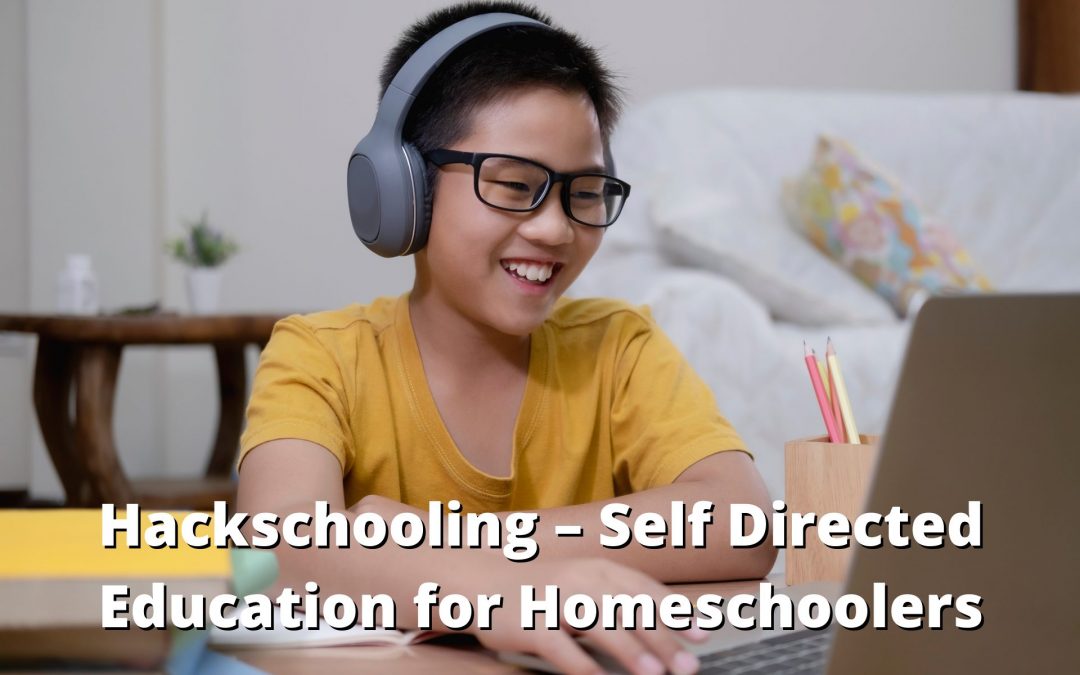WHERE DID THE HACKSCHOOLING IDEA COME FROM?
Hackschooling is not a new idea. The term was first coined in 2013 by a then-14-year-old teenage boy from Lake Tahoe, California/Nevada (Lake Tahoe actually straddles both states). Logan LaPlante was, at the time, a homeschool student who espoused the idea that the primary goal of K to 12 education should be that of teaching students how to become happy and healthy in preparation for an intellectually and psychologically balanced adult life. The idea has its detractors and followers, but is, overall, based on concepts that could be successfully practiced in most homeschools.
WHAT IS HACKSCHOOLING?
Hackschooling is the idea of looking outside of traditional education approaches to discover better, more creative ways to learn. It’s an approach that pays less attention to standardized curriculum approaches and instead provides students with a path that allows them to literally customize their own education.
If you’ve been teaching or operating a homeschool for a while, this instructional model may be something you recognize. It’s basically the same, or at least similar to, the idea of self-directed learning. “Self-directed learning (SDL)is an instructional strategy where the students, with guidance from the teacher, decide what and how they will learn. It can be done individually or with group learning, but the overall concept is that students take ownership of their learning.” (http://www.hackschooling.net/why-hackschooling.html )
The modern day interpretation of “hacking” is that someone goes outside the basically accepted ways of doing something and finds a better, often easier or quicker, way to accomplish the same goal. Logan LaPlante “self-directed” his education to focus on learning how to live a happy, healthy life. His question was “What if we based education on the study and practice of being happy and healthy, because that’s what it is, a practice, and a simple practice, at that.” When his parents recognized that Logan wasn’t doing well in school, they moved him to a homeschooling model and decided to allow him to do internships to round out his self-directed education.
SCHOOLS DON’T TEACH YOU TO BE HAPPY – HOMESCHOOLS DO
Self-directed learning is particularly suitable to students in grades 8-12 working in a homeschool situation. A home-based classroom provides a unique opportunity for the parent/teacher and the student to look at what that child needs to accommodate his or her learning style. The bottom line is that, if a student is motivated, they are more apt to be able to absorb a lot of information in a shorter time period.
Self-directed learning can kickstart motivation. Motivated kids are generally happier people. Happy people are healthier people. If a parent/teacher can instill passion in their child for a learning style that child has principally designed him or herself, the sky can be the limit. Passion is the best teacher.
IS YOUR HOMESCHOOL STUDENT READY FOR SELF-DIRECTED LEARNING?
A self-directed learning scenario gives your child the leeway and freedom to design their own approach to learning. The Canadian-based University of Waterloo offers a four-step process that can be useful in determining if hackschooling/self-directed learning is a practical direction for you and your student. The University directed the plan towards college students, but the ideas are entirely relevant to homeschooling, especially in the case of students in grades 8 to 12 (https://uwaterloo.ca/centre-for-teaching-excellence/teaching-resources/teaching-tips/tips-students/self-directed-learning/self-directed-learning-four-step-process):
Step 1: Assess readiness to learn
Work with your homeschool student to evaluate their learning situation. Review their study habits, how they best absorb learning materials, their reading level, and how well they are able to work independently.
Step 2: Set learning goals
This is a critical step. Without goals, there will be no obvious path to follow. It might even be a good idea, once you have helped your student set individual learning goals, to sign a learning contract or agreement about how the learning process will proceed. Some things that could be listed in a learning contract might include:
- Learning and study goals for each unit of study (i.e., math, science, reading, etc.),
- Important milestones to be reached within each goal, including specific activities,
- A proposed timeline for reaching the goals,
- What kinds of activities the student might want to include in reaching specific goals,
- An agreement about how activities will be evaluated or graded, and
- An agreement about parent/student feedback once each goal is completed.
Step 3: Engage in the learning process
Work with your student to assess their individual learning preferences. While working through core courses or learning goals, is your homeschool student’s interest more oriented towards:
- Deep Study: Learning to understand ideas for themselves and then learning more than is required to reach the goals outlined for the activity?
- Surface Approach: Learning only what is required to get the task completed with the least amount of effort?
- Strategic Approach: This is the direction of a student interested in being highly organized in their approach to self-learning in order to achieve the highest level of learning possible.
Once you have determined your student’s preferences, it will be easier to work with him or her to create a learning path suited specifically to their individual needs.
Step 4: Evaluate learning
If your self-directed learning experiment is going to succeed, your child will have to be willing to reflect and self-evaluate the learning goals they have selected and the progress they believe they are making in each unit of study. They should be willing to consult with you as the parent/teacher in the process, ask for your feedback, and be able to ask of themselves:
- Am I really learning anything?
- How do I know I’m learning?
- Am I good at explaining what I’m doing and what I’m learning?
- Do I know when I’ve learned enough and when it’s time to move on to the next thing?
BE PATIENT – THIS IS A CHALLENGING TASK!
Learning independently can be a real challenge, even if your child is highly motivated to learn. Encourage them to include a wide variety of experiences in their self-directed learning plan. Steer them towards community organizations, volunteer opportunities, field trips, group classes (perhaps at the public library?) and help them to seek out local businesses that might be willing to offer a homeschool student an internship that is relevant to their studies. Partner with other homeschools and homeschool teachers who may have specific skills and talents relevant to your student’s education action plan.
And remember – the end goal is a happy, motivated, successful homeschool student!

